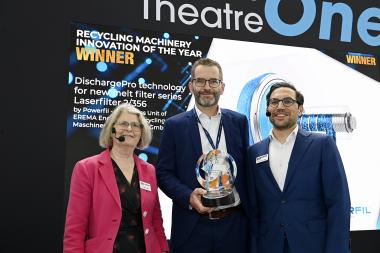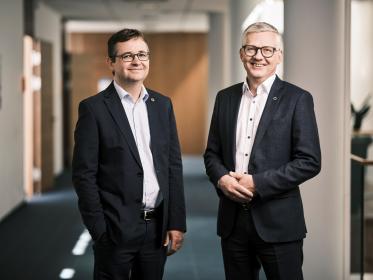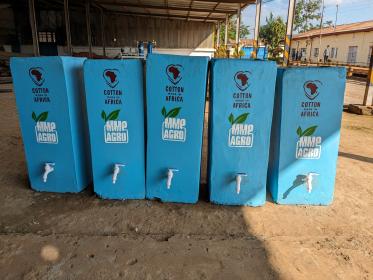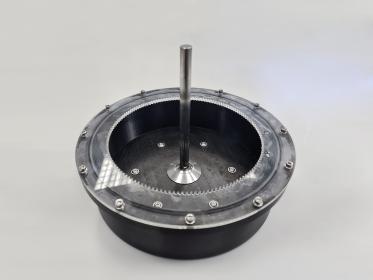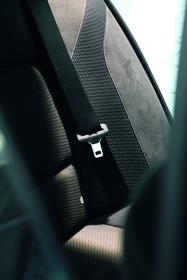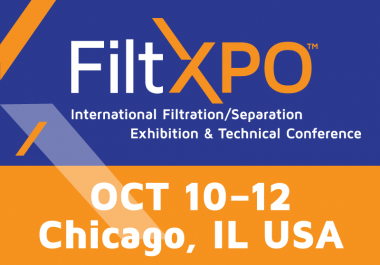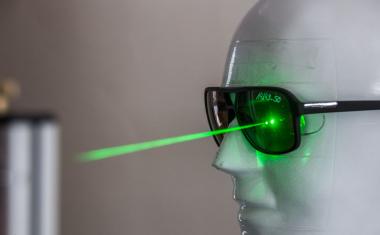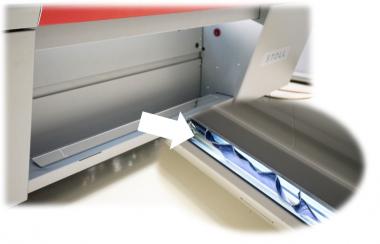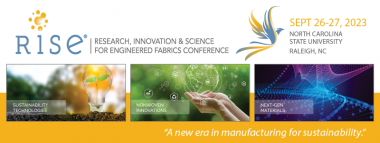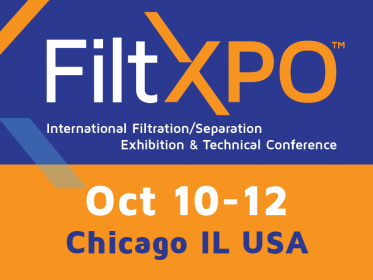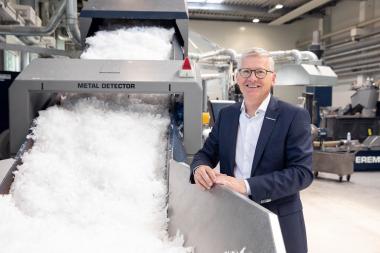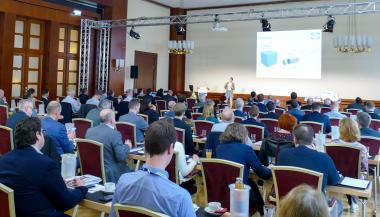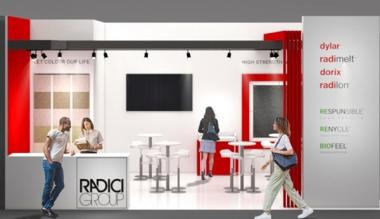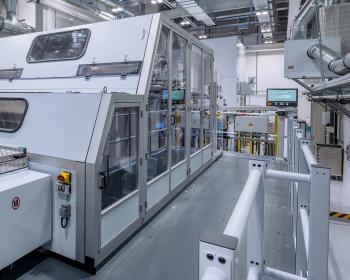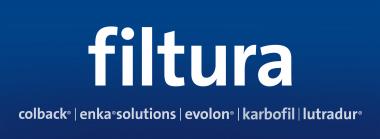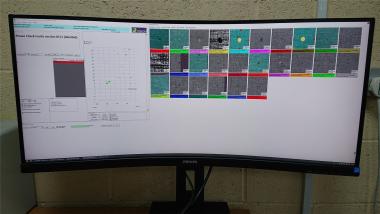POWERFIL receives Plastics Recycling Award Europe 2024
At PRSE in Amsterdam, the DischargePro control system from EREMA's POWERFIL business unit was presented with the Plastics Recycling Award Europe in the "Recycling Machinery Innovation of the Year" category. The smart technology for the EREMA laser filter improves process stability over the entire operating period and reacts automatically to fluctuations during the recycling process.
The DischargePro system automatically compensates for fluctuations in the input material, thereby ensuring uniform thickening during melt filtration and thus a consistent process. Depending on the application and contamination, POWERFIL was able to reduce melt loss by up to 50 percent with the DischargePro compared to the previous EREMA laser filter control system. These facts convinced the jury, who described the technology as an intelligent technological advance in the extrusion process.
With the DischargePro control system, POWERFIL significantly increases the degree of automation in the filter process. The discharge control system reacts to specific disruptions in the process. In this way, the speed of the scraper star is adjusted at short notice and returns to the setpoint speed as soon as the contamination peak has been discharged. Furthermore, the control system also recognizes changes in throughput and adjusts the discharge rates accordingly. In the event of a higher pressure drop across the filter screen, which is caused by a higher viscosity of the melt, DischargePro adjusts the setpoint value to ensure a consistent discharge rate. Long-term changes, such as the condition of the filter screen, are also taken into account in all adjustments.
EREMA Group GmbH


